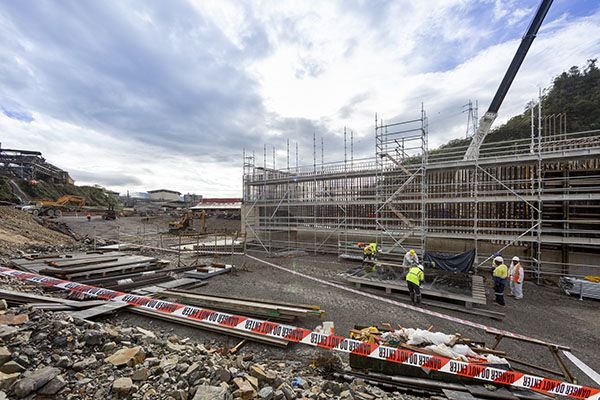Support Operations
Mining operations are supported by the town of Tabubil, as well as power, water, supplies and logistics, asset management and major projects.Tabubil
OTML operations are located in a geographically remote area of Western Province surrounded by challenging terrain.
Due to the remote location of the mineral resource, and the low levels of settlement before the establishment of the Mine, OTML built the township of Tabubil to support the operations.
Tabubil provides the infrastructure required to support the Mine, including an airport, workshops, warehouses, housing, banks, schools and medical facilities.
Tabubil Hospital provides support for the six local aid posts in the mine-affected areas including Finalbin, Bultem, Migalsim, Sisimakam, Ok Ma and Atemkit.
The town has sealed roads, gutters and kerbs, power, reticulated water, sewage and garbage collection. Most of the accommodation is in the form of detached high-set housing and camp facilities for Fly-in Fly-out (FIFO) workers.
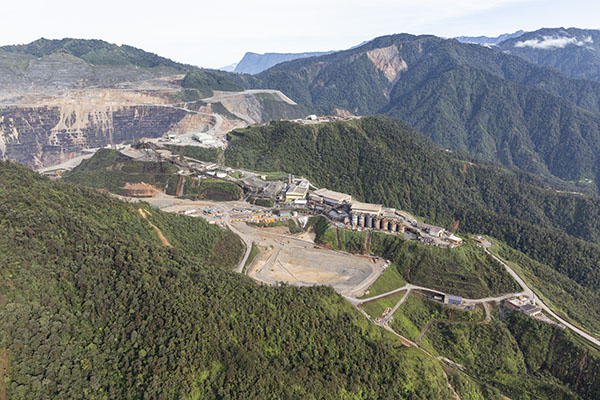
Power
OTML is the largest power user in the Western Province, producing its power from both hydro and thermal generation. Power for the Ok Tedi operations is generated by a combination of hydroelectric and thermal power generation units, to meet the average and peak demand of some 63 MW and 70 MW respectively.
The hydroelectric generation comprises the main 56 MW power station at Ok Menga and the 2.4 MW station at Yuk Creek. The Tabubil thermal power station includes a combination of diesel-powered reciprocating engines and turbines with a total combined installed capacity of 63 MW, to supplement the hydroelectric generation and meet the balance of the power demand. Smaller thermal generation units are also located at Bige, Kiunga and outstations.
Water
Process water is pumped from the Dablan Creek pumping station near Tabubil using a large diameter steel pipeline and several pump stations to transfer the water up the mountain range to the Mill. Recycled process water is also used in the processing plant.
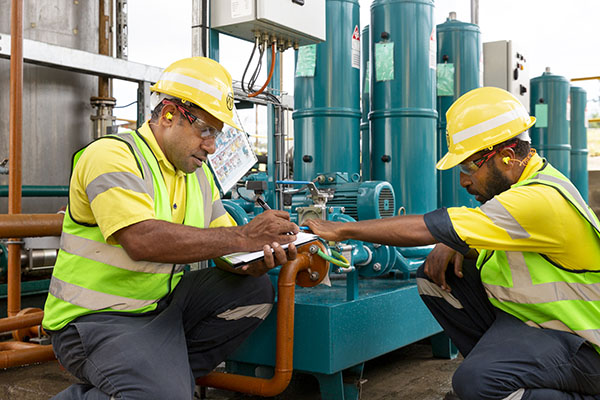
Supply and Logistics
Supply and logistics mobilise approximately 4,000 twenty-foot equivalent containers and 100 Megalitres (ML) of diesel annually.
Freight and concentrate material is transported between Port Moresby, Brisbane and Kiunga by the OTML shipping fleet on the Fly River.
These vessels are owned by five different entities. Five of the vessels are managed by P&O Maritime, and a single vessel each contracted from Consort Express Lines, Curtain Brothers and Puma Energy
Goods are then trucked on the OTML constructed and maintained public gravel road between Kiunga and Tabubil (136 km) and then on to the mine (20 km), utilising a fleet of prime movers, tankers and trailers.
OTML is dependent on adequate water levels being maintained in the Fly River to enable shipping movements to transport copper concentrate from Kiunga to the silo vessel and, upon return, deliver fuel, supplies and other consumables for the operation.
Airports are located at Tabubil, Kiunga and Bige where OTML has scheduled charter flights to move fly-in-fly-out (FIFO) employees and contractors to and from work. We currently charter Dash 8 and Twin Otter aircraft to uplift freight on an as required basis, further supporting the operations. A helicopter supports exploration activity as well as environmental, community relations and security operations.
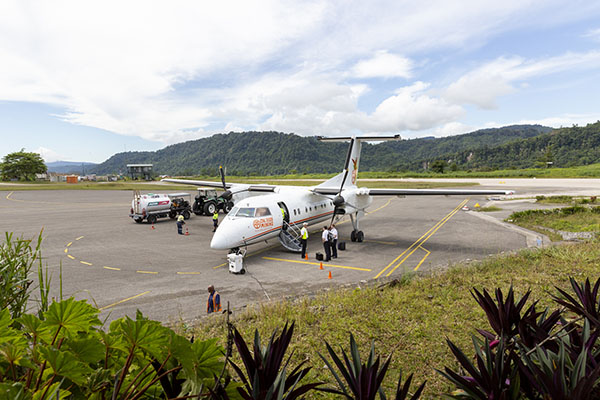
Asset Management
OTML operates and maintains a modern mobile equipment mining fleet and ancillary equipment. OTML also operates and maintains fixed/processing plants and equipment in the Processing Plant and Kiunga Operations, which has been operating for over 30 years.
During this period, there have been major plant/equipment component change-outs, replacements and upgrades done to the existing plants/fleets. There is ongoing continuous planned maintenance to maximise equipment/plant reliability and meet production targets.
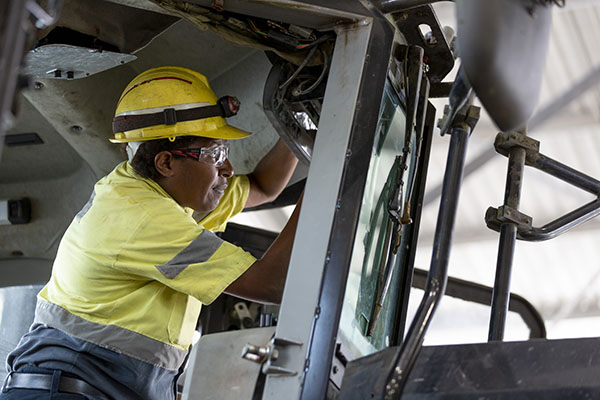
Major Projects
The OTML Engineering and Projects department is responsible for the management and execution of the major capital projects.
The strategy is to employ a self-management model for major projects, given the brownfields nature of the Ok Tedi operations and associated reliance on logistics support (people, equipment and supplies) and local contractor management.
